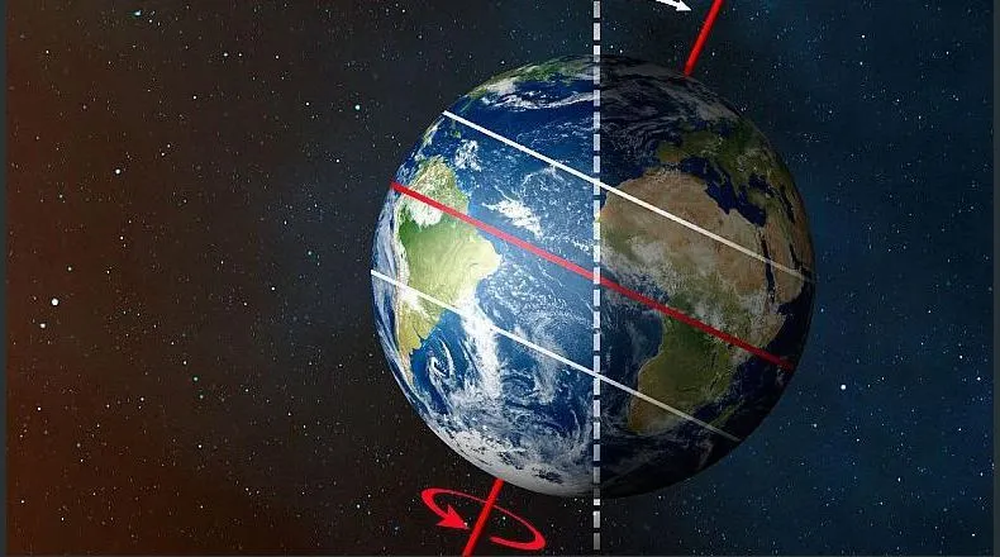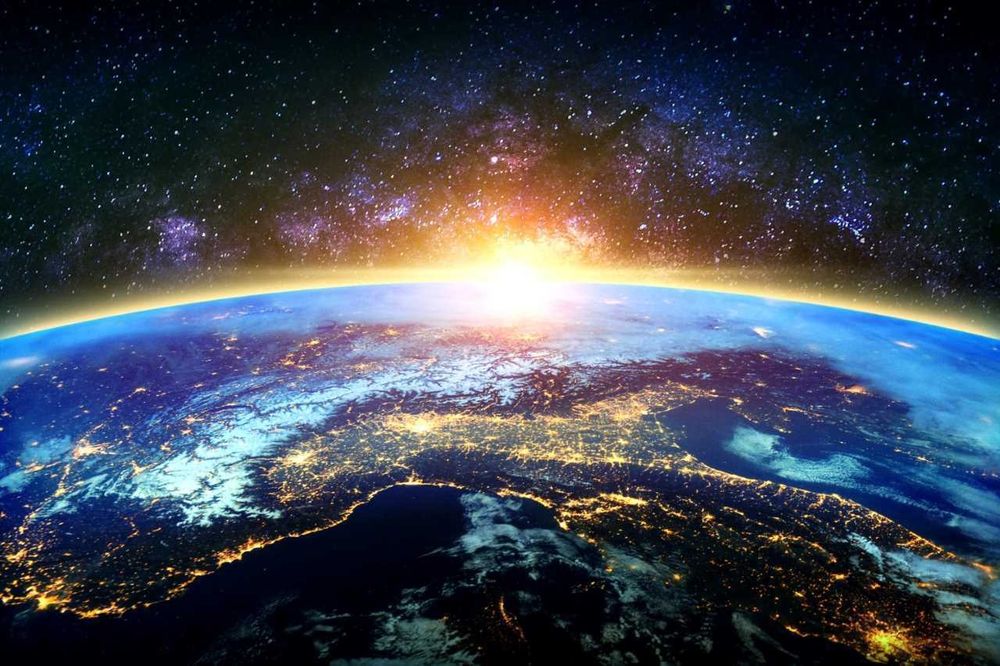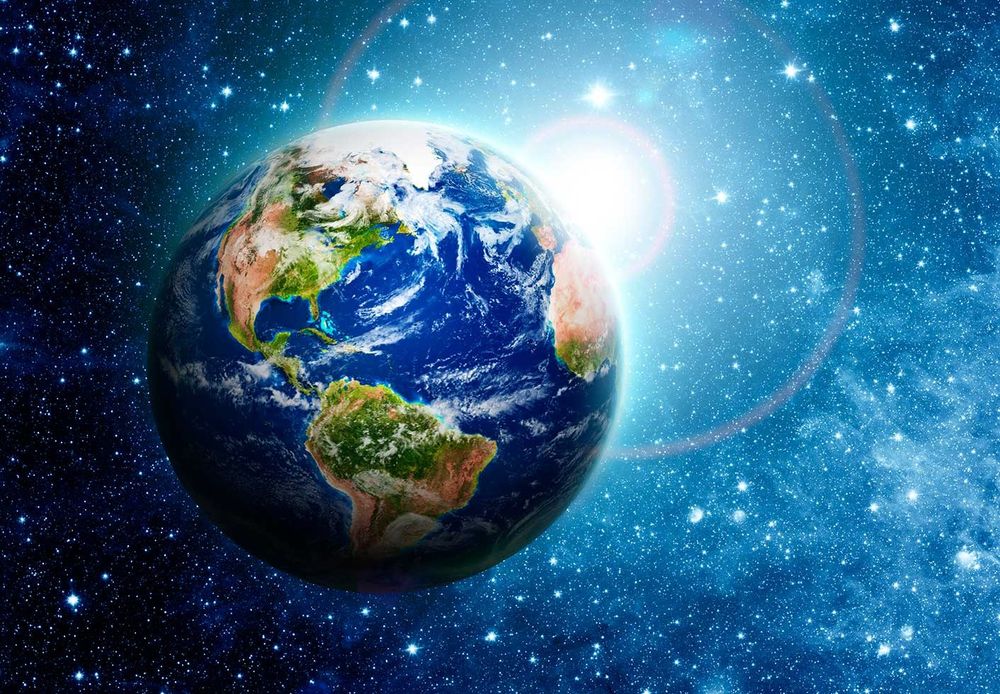Earth's spin rate change: Why it happens and how it affects people, according to an astronomer

The news, referring to a study published by the scientific publication "Nature Geoscience" in 2024, has once again gained global attention in recent days. Among the conclusions cited is the possibility that the Earth's core may have stopped moving and may even have begun rotating in the opposite direction (at least as one of the possible interpretations of the study).
This publication cites the work carried out by researchers from Peking University and the University of Southern California , who drew their conclusions after analyzing seismic data from earthquakes recorded over 32 years ( between 1991 and 2023 ).
Rotation of the Earth

In a conversation with Los Andes , Beatriz García, PhD in Astronomy , university professor and researcher at Conicet, referred to the results and conclusions of this study , which was already released last year and -since then- has not stopped being talked about and the starting point for all kinds of theories .
"It has been inferred that the solid inner core, suspended within the liquid outer core and anchored by gravity, rotates at a certain speed with respect to the Earth's surface . And that rotation changes over the course of years or decades , based on changes in earthquake seismograms ," explains the Mendoza researcher.
According to García , measurements on the surface detect that the core changes its speed with respect to the other layers of the Earth 's structure.
The Earth's core stops spinning, reverses direction, and humans are already feeling the effects, a study suggests (1).jpg

"These velocities - which are not the same -, when compared to each other, are called 'relative velocities' , relative to one section of the structure , with respect to another section. As the Earth has a rich internal structure , this influences the convection pattern of the outer core (which is not solid, but fluid ) and, therefore, also influences the Earth's magnetic field (which is generated by the fluid core)," the specialist summarizes.
The study, published inNature Geosciences, compiled 43 distinct pairs of repeating earthquakes , constructed from 121 earthquakes between 1991 and 2023 in the South Sandwich Islands . The study analyzed a special type of core- penetrating waves recorded in northern North America .
These measurements document that many patterns show waveforms that change and then reverse at later times, to match earlier events.
"The coincident waveforms reveal moments when the inner core returns to the same position , relative to the mantle , as it did sometime in the past . The pattern of coincidences , together with previous studies, shows that the inner core gradually superrotated ( rotated faster ) between 2003 and 2008 , and then between 2008 and 2023 , subrotated (rotated slower ) two or three times more slowly , resuming the same trajectory as the outer core," the astronomer explains.
Is the Earth really spinning upside down?Given the various interpretations that emerged after the release of this scientific study , some insisted that the Earth had begun to spin backward . In this regard, Beatriz García herself explained what had actually been observed.
" It's not that the Earth rotates backwards. It just moves ahead or behind the outer core . And the study only says that the reason for this phenomenon needs to be explained, but it's only a matter of relative speeds and not a reversal of the spin ," García clarifies.
The Earth's core stops spinning, reverses direction, and humans are already feeling the effects, a study suggests (3).jpg

Furthermore, the researcher clarified that this reality does not alter humanity's normal routine .
"The Earth is constantly changing, changes that we don't even notice. This situation is just one more thing ," concludes García, who adds that if something were to really happen to the planet , it wouldn't be because of the planet itself, but because of human actions or an impact ("the probability of which is extremely low").
losandes


